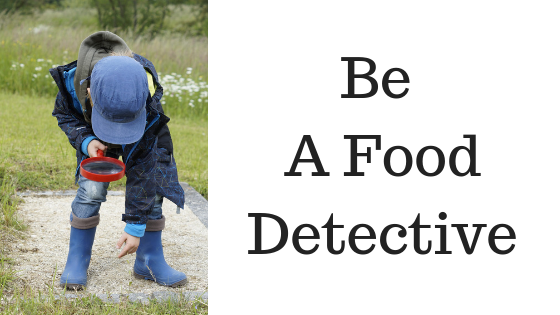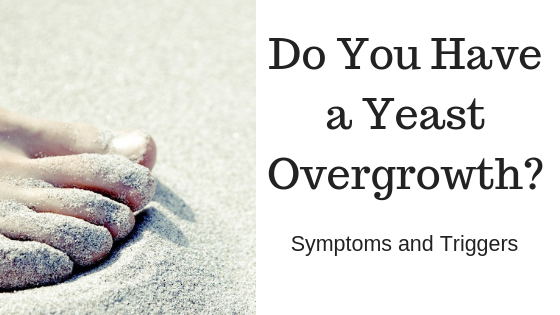Do you know where your food comes from? Shopping for healthy foods is becoming more of a detective’s job than ever before! So many labels are out there for our “convenience”, but are their meanings clear? Hopefully this information will help in understanding some of the common labels we see on our foods today.
Natural: Standards for using this label are in place only for meat and poultry products. USDA guidelines state that products labeled “natural” must be minimally processed (meaning the product was processed in a manner that does not fundamentally alter the product) and cannot contain artificial colors, preservatives, or other artificial ingredients. For products other than meat and poultry, this label can pretty much be used by anyone. Just because the product is labeled “natural” does not mean it is good for you!
GMO (Genetically Modified Organism), GE (Genetically Engineered) GM (Genetically Modified): All of these labels mean the organism was altered in a way that would not naturally occur. In other words, outside of God’s creation. Modern genetic engineering techniques alter these organisms using DNA from bacteria, viruses or other plants and animals. For an in-depth look at this subject please visit www.ResponsibileTechnology.org. As a health coach, I highly recommend staying away from GMO foods!
Non-GMO: “Non-GMO” and “GMO-Free” are not necessarily the same thing. Confusing, right? This is actually a very complex issue. GMOs can be introduced to a product through cross-contamination in processing, and some processing makes detecting GMOs very difficult. Therefore, the Non-GMO Verified label is helpful to all food source sleuths. This label is only on products that have “gone through a rigorous verification program to minimize the risk of GMO contamination, giving you the best assurance they are non-GMO”. For more information visit www.nongmoproject.org.
Until federal standards are put in place regulating the use of the terms “Non-GMO” and “GMO- Free” by manufactures, consumers will not be able to compare products by these labels only.
Organic: The guidelines for a food to be labeled “Organic” include:
- The product must be produced without the use of synthetic fertilizers, pesticides and sewage sludge.
- The use of GMOs and irradiation is prohibited.
- Outdoor access and pasture for livestock must be provided.
- Farmers must refrain from antibiotic and hormone use in animals.
- 100% Organic feed must be used.
But is the USDA Organic seal the best we can do? Some farmers say NO! As an example, many tomatoes we see in our grocery stores are grown without soil by exposing the roots to a mineral nutrient solution in water. This is called hydroponic gardening. Would you consider this organic?
Here are a few more labels that can cause confusion:
Cage-free: This label just means animals were raised without cages. This doesn’t mean they were raised outdoors on the pasture or if they were raised in overcrowded conditions.
Free-range: This term is defined for egg and poultry production. This label can be used as long as the birds have access to the outdoors. It does not necessarily mean the birds actually GO outside, nor does it mean that the product is cruelty-free or antibiotic-free. And most claims for “Free-range” are not actually verified by third-party inspectors.
Pasture-raised: This indicates the animal was raised on a pasture in a traditional farming technique. Animals raised in this way can carry out their natural behaviors and move around freely.
Grass-Fed, meaning the animal was fed grass rather than grain, animal by-products, candy, synthetic hormones, or antibiotics. This does not mean it was pasture-raised. And for the healthiest choice look for Grass-Finished, which means they were not shipped off to a feed lot to fatten up prior to slaughter. I know, you would think that grass fed means it was always grass fed, but sadly, not so.
To make more sense out of the current farming methods, the Real Organic Project plans to design a new label to go one step above the USDA’s “Certified Organic” label. This label will distinguish the traditional methods of farming which uses soil, has animal welfare regulations in place, and is sustainable by improving soil fertility for future generations. Please visit www.RealOrganicProject.org to learn more about this organization and its mission on “Feed the Soil, Feed the Planet”.
Food labels can be confusing! But I am very thankful to know where my food comes from and how it is handled before it gets to the market. Your voice is important for our food supply too! I encourage you to visit some of the above websites and get involved. Simply sharing this information with your family and friends will help spread the truth about farming practices. Together we can be a voice to make our food supply healthier for all of us! God Bless!
Kristin



